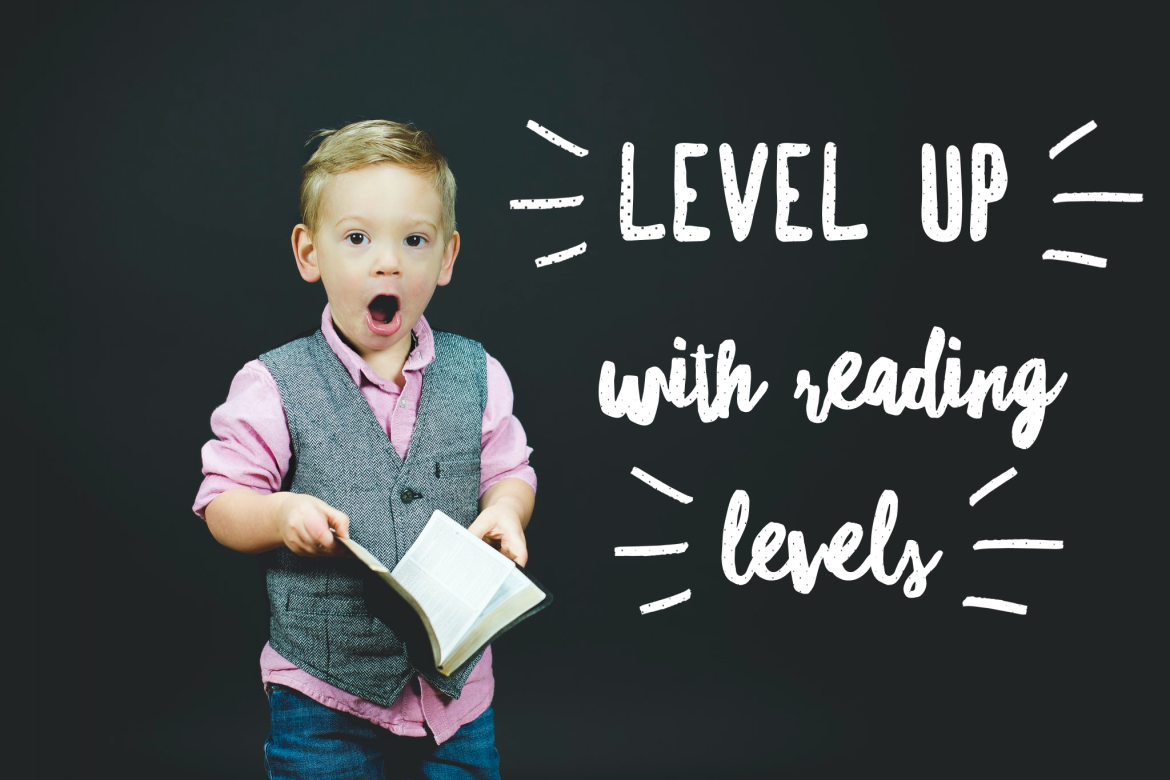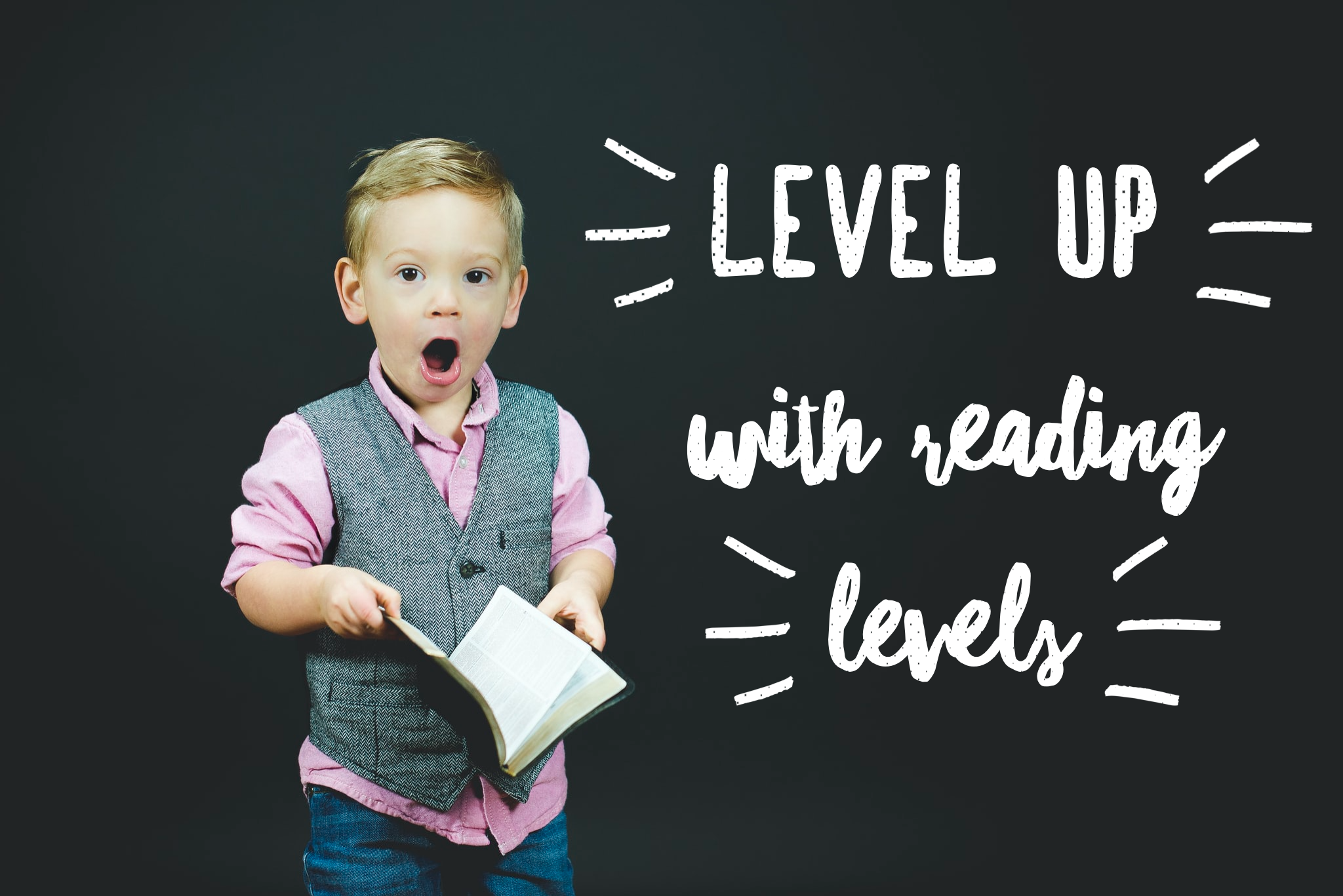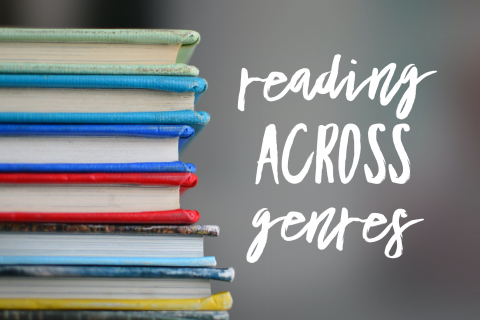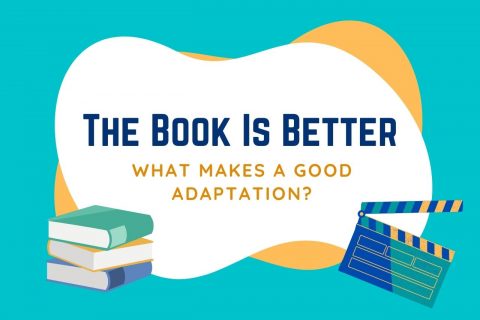As we find ourselves in the middle of a pandemic, more and more parents have found themselves becoming their children’s teachers. This may sound like a daunting task, but there are tools available to make this easier. One such tool is reading levels. Reading levels may not be a new concept to you, but they can be confusing. However, we are here to help break them down for you so you can be a pro.
What even are reading levels?
Many educators use reading levels to analyze the reading abilities of their students. Different reading level metrics can be used as guides to create or select reading materials for classes. Often, the reading materials that are assigned to a class will match the reading level assumed by that grade. Some students may be offered extra assistance to help them reach grade level reading. However, reading levels can be flexible. Not all English classes read on grade level. Many schools offer honors courses for students who read above grade level. There are many different ways to examine reading level, but three metrics are most often used in schools. These are Developmental Reading Level, Guided Reading Level, and Lexile.
Developmental Reading Level
This metric is based on skills such as accuracy, comprehension, and fluency. This is a number-based system that is used primarily for very early readers. The levels in this system start with A as the starting level for Kindergarten, then move to 2-80 for the rest of the grade levels. Developmental reading levels for books are easier to understand than other reading levels, as these levels are grouped by grade level. This level system can be used in both elementary and middle school.
Guided Reading Level
This metric, often used in elementary schools, is based on word knowledge, comprehension, and fluency. Books are sorted by a letter system, A—Z, with A being the easiest reading level and Z being the hardest. The popular system of guided reading is Scholastic. Their website has many resources to help understand more about Guided Reading.
Lexile
This reading metric is based on complexity and overall reader skill. It is a completely number-based system. The system assigns both books and readers numbers on a set of scales that correspond with each other. The scale starts at 200L and ends at 1700L+. This system doesn’t recommend reading levels according to grade, but resources are available that show what the recommended Lexile number is for each grade. Lexile is also the hardest metric to test at home. This level system is often used in middle and high schools, but it’s also used in some elementary schools.
How to test reading level at home
While it can be overwhelming to think about determining your child’s reading level on your own, there are many resources available to help . One way to find out your child’s reading level is to ask their teacher. The odds are good that your child’s school has already tested them or has plans to test them. If they have not come up with a plan to test, you can make a request to the counselor’s office. However, there are other ways to test without contacting the school. This option is best for Lexile reading levels.
For guided reading levels, the best way to assess your child is the five-finger test. This test requires you to have a general understanding of your child’s reading ability. Instruct your child to read one page of a book and raise a finger every time they encounter a word they do not know. At the end of the page, if they have all five fingers up, try again with an easier book.If they have none raised, the book is too easy. This method can be a bit time-consuming, but the goal is to find a book that challenges your child but is still readable.
Developmental reading level is the easiest to figure out. Since it is based on age, this can be tested by having a child read a chapter from a book in the highest-level group for the grade below their own. If they are able to understand the material, you can move to the next group and work from there.
Lexile reading levels are easier to test with help from your child’s school. However, there are online resources that can help you get your child’s Lexile score. MacMillan Readers offers a version of the test.
How to create a reading list at home
Now that you have an understanding of reading levels, it’s time to take the next step in helping your child’s reading develop further. Creating a reading list will give your child practice. Using a list already created by a teacher is a good start, but not all teachers offer reading lists. That is where your new knowledge comes in. It’s time to create a non-school assigned reading list for your developing reader. This isn’t a solo task; a good reading list involves the child in question. Work with them to create a list that won’t only challenge them, but also interest them. The best way to increase your child’s reading level is to get them reading. Help your child figure out genres that they love to read, or decide together to explore a variety of genres. Take a look at reading lists for grade levels from sites such as Barnes & Noble or Amazon to get ideas of books to add to your list.
There are also resources such as Lexile Find-A-Book, Book Wizard, and Literacy Leveler App that can help you check the reading level of a book on your list. If your child wishes to read a book that doesn’t match their grade level, that is okay. Any time spent reading is time well spent. Not every book has to be challenging, and sometimes just getting children to read is enough to spark a lifelong interest in books. In the end, the goal of gauging reading level is to get your child to read and keep them reading.
written by Akilah Brittian









